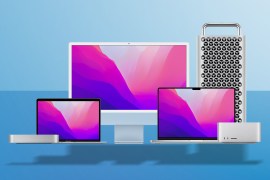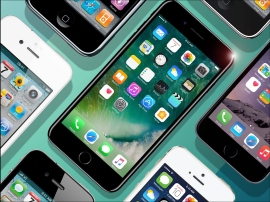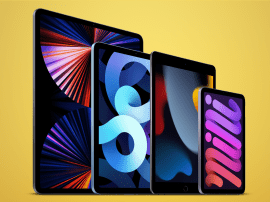Apple’s next Magic Mouse could have Force Touch abilities
Patent shows a familiar-looking mouse with pressure sensitivity
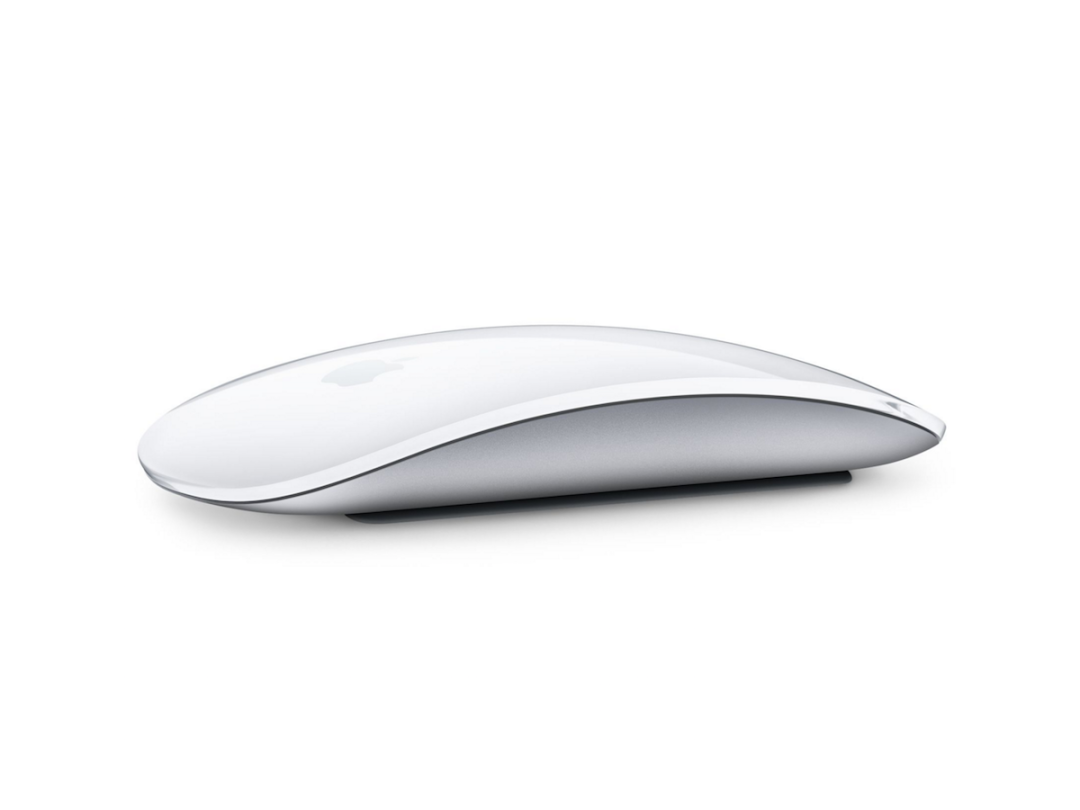
If you grabbed Apple’s 12in MacBook or refreshed MacBook Pro last spring, then you probably know the wonders of Force Touch, the uncomfortably named pressure sensitivity built into the click-less touchpad.
Apple introduced the Magic Trackpad 2 in October to open up the functionality to even more Mac users, but there may be another option on the horizon. According to a newly uncovered patent from the United States Patent and Trademark Office, it appears that Apple plans to implement Force Touch technology into the Magic Mouse, as well.
The patent, for a “Force Sensing Mouse,” was filed in February 2013 and just granted yesterday, and the images certainly showcase a device that looks identical to the existing Magic Mouse designs. The description, meanwhile, suggests that Apple intends for this new mouse to scrap the click-centric design that has guided computer mice for decades now.
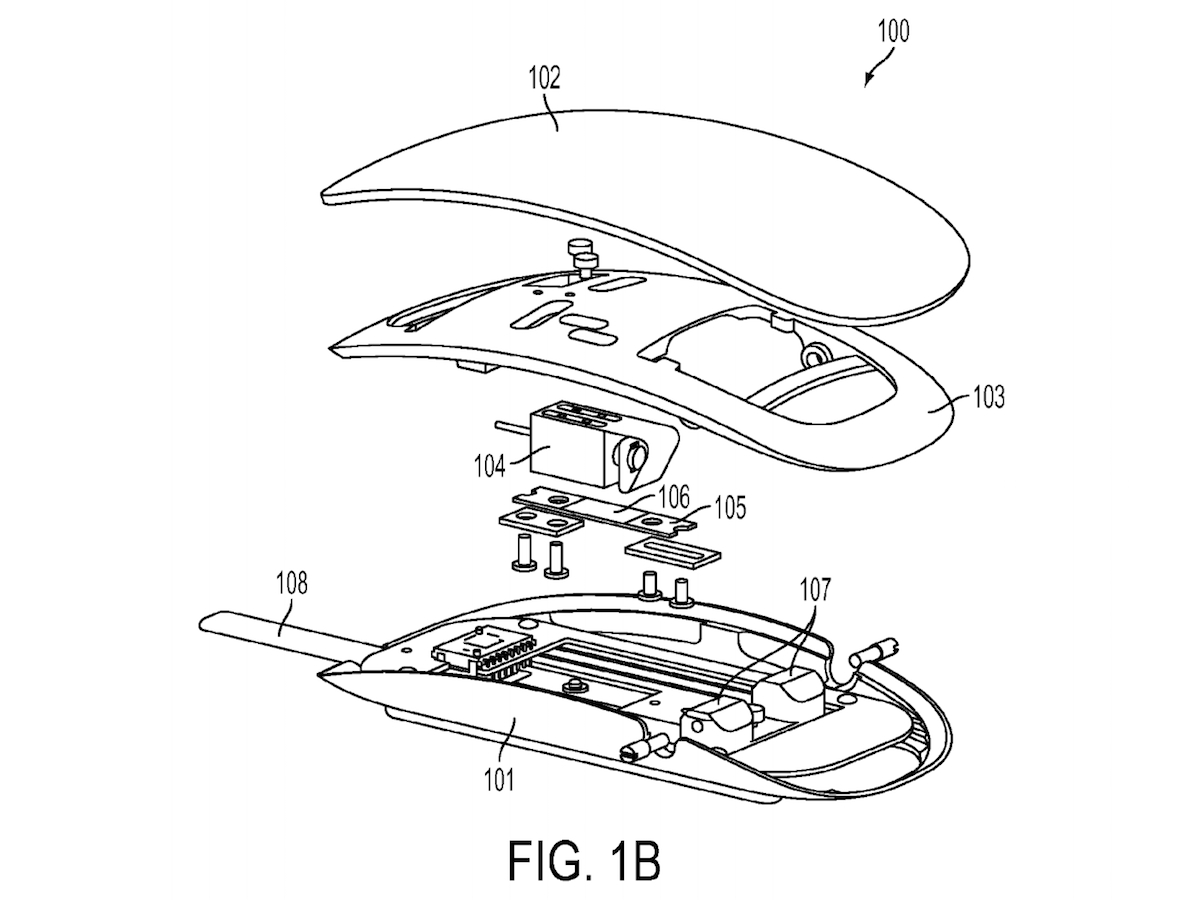
"In this way, a broader range of inputs may be receivable from the force sensing input device as compared to input devices that merely detect whether or not a button or similar element has been pushed," reads the patent text, referring to how pressure sensitivity can open up more interactions.
Given the way we usually hold the Magic Mouse, attempting to implement forceful taps seems like it could be tricky – and maybe that’s why Apple didn’t rush to build the feature into the recent Magic Mouse 2 (shown up top). Assuming the design follows the tenets of those Force Touch-equipped touchpads, we’ll be saying farewell to the physical click of the Magic Mouse, which will be replaced by a focused burst of haptic feedback.
Since the Magic Mouse was last refreshed just six months back, it’s unlikely that Apple will debut a new Force Touch-capable version in the immediate future. A patent filing also isn’t a guarantee that Apple will release the product in question, but an eventual launch seems probable given the company’s continued push towards pressure-sensitive screens (see Apple Watch, iPhone 6s).
[Sources: USPTO via Patently Apple, 9to5Mac]

